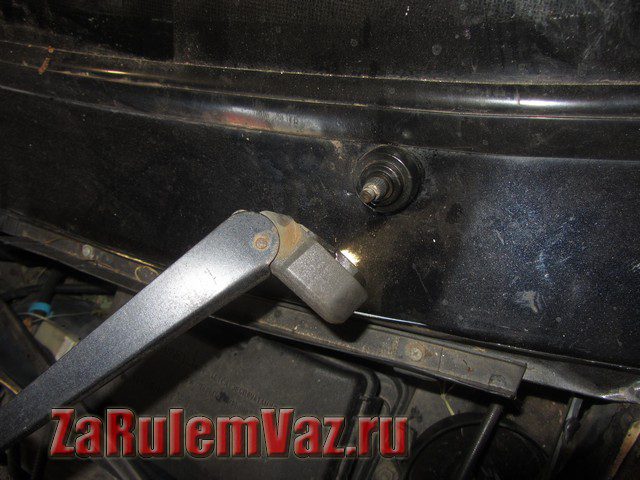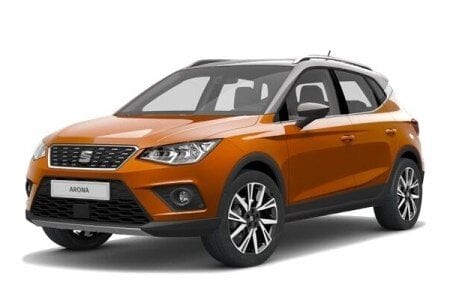
Traffic Laws. Stop and parking.
15.1
Stopping and parking of vehicles on the road should be carried out in specially designated places or on the side of the road.
15.2
In the absence of specially designated places or curbs, or if stopping or parking there is not possible, they are allowed near the right edge of the carriageway (to the right, if possible, so as not to interfere with other road users).
15.3
In settlements, stopping and parking of vehicles is allowed on the left side of the road, having one lane for traffic in each direction (without tram tracks in the middle) and not separated by markings 1.1 and also on the left side of the one-way road.
If the road has a boulevard or a dividing strip, stopping and parking vehicles near them is prohibited.
15.4
Vehicles are not allowed to be placed on the carriageway in two or more rows. Bicycles, mopeds and motorcycles without a side trailer may be placed on the carriageway in no more than two rows.
15.5
It is permitted to park vehicles at an angle to the edge of the carriageway in places where this will not impede the movement of other vehicles.
Near sidewalks or other places with pedestrian traffic, it is allowed to park vehicles at an angle only with the front part, and on slopes - only with the rear part.
15.6
Parking of all vehicles in the places indicated by the road signs 5.38, 5.39 installed with the plate 7.6.1 is allowed on the carriageway along the sidewalk, and cars installed with one of the plates 7.6.2, 7.6.3, 7.6.4, 7.6.5 and motorcycles only as shown on the nameplate.
15.7
On slopes and ascents, where the setting method is not regulated by means of traffic control, vehicles must be placed at an angle to the edge of the carriageway so as not to create obstacles to other road users and exclude the possibility of spontaneous movement of these funds.
In such areas, it is allowed to park the vehicle along the edge of the carriageway, placing the steered wheels in such a way as to exclude the possibility of spontaneous movement of the vehicle.
15.8
On the tram track of the following direction, located on the left side at the same level with the carriageway for the movement of non-rail vehicles, it is allowed to stop only to comply with the requirements of these Rules, and on those located near the right edge of the carriageway - only for boarding (disembarking) passengers or fulfilling the requirements these Rules.
In these cases, there should be no obstacles to the movement of trams.
15.9
Stopping is prohibited:
| a) | at level crossings; |
| b) | on tram tracks (except for cases stipulated by clause 15.8 of these Rules); |
| at) | on overpasses, bridges, overpasses and under them, as well as in tunnels; |
| d) | at pedestrian crossings and closer than 10 m from them on both sides, except in cases of providing an advantage in traffic; |
| e) | at intersections and closer than 10 m from the edge of the intersected carriageway in the absence of a pedestrian crossing, with the exception of a stop to provide an advantage in traffic and stop opposite the side passage at T-intersections, where there is a continuous marking line or dividing strip; |
| d) | in places where the distance between the solid marking line, the dividing strip or the opposite edge of the carriageway and the vehicle that has stopped is less than 3 m; |
| f) | closer than 30 m from landing sites for stopping route vehicles, and if there are none, closer than 30 m from the road sign of such a stop on both sides; |
| is) | closer than 10 m. from the designated place of execution of road works and in the area of their execution, where this will create obstacles to the technological vehicles that operate; |
| g) | in places where oncoming traffic or a detour of a vehicle that has stopped will not be possible; |
| with) | in places where the vehicle blocks traffic signals or traffic signs from other drivers; |
| and) | closer than 10 m from exits from nearby territories and directly at the exit point. |
15.10
Parking is prohibited:
| a) | in places where stopping is prohibited; |
| b) | on sidewalks (except for places indicated by the corresponding road signs installed with signs); |
| at) | on sidewalks, with the exception of cars and motorbikes, which can be put on the edge of the sidewalks, where at least 2 m is left for pedestrians; |
| d) | closer than 50 m from level crossings; |
| e) | outside settlements in the area of dangerous turns and convex fractures of the longitudinal profile of the road with visibility or visibility of less than 100 m in at least one direction of movement; |
| d) | in places where the vehicle that is standing will make it impossible for other vehicles to travel or create obstacles for pedestrians; |
| f) | closer than 5 m from container sites and / or containers for collecting household waste, the location or arrangement of which meets the requirements of the law; |
| is) | on the lawns. |
15.11
In the dark and in conditions of insufficient visibility, parking outside settlements is permitted only at parking areas or outside the road.
15.12
The driver must not leave the vehicle without completing all measures in order to prevent its unauthorized movement, penetration into it and (or) illegal possession of it.
15.13
It is forbidden to open the door of the vehicle, leave them open and get out of the vehicle if it threatens safety and creates obstacles to other road users.
15.14
In the event of a forced stop in a place where stopping is prohibited, the driver must take all measures to remove the vehicle, and if it is impossible to do so, act in accordance with the requirements of paragraphs 9.9, 9.10, 9.11 of these Rules.
15.15
On the carriageway, it is prohibited to install objects that impede the passage or parking of vehicles, with the exception of cases:
- registration of a traffic accident;
- performance of road works or work related to occupation of the carriageway;
- restrictions or prohibitions on the movement of vehicles and pedestrians in cases stipulated by law.

